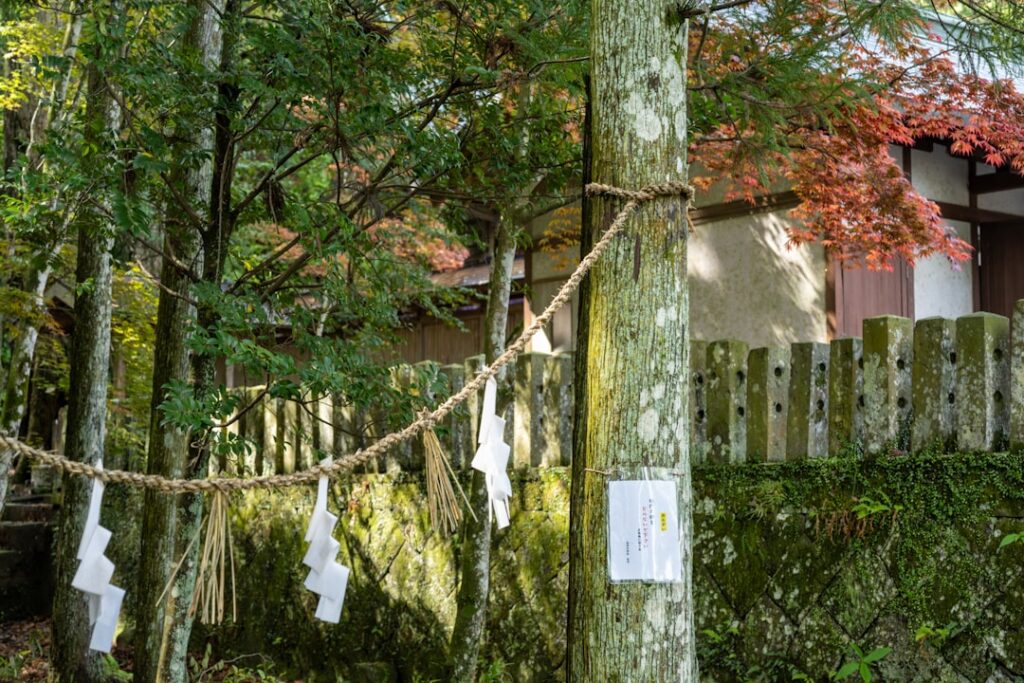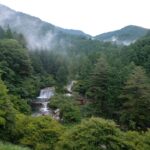Imagine wandering through serene Japanese forests, only to stumble upon mind-bending installations woven into mossy trees and sun-dappled clearings. In 2025, Japan’s outdoor art festivals push boundaries further than ever—blending innovative creativity, ancient woodlands, and an unforgettable sense of wonder. Whether you’re an art lover, a dedicated explorer, or someone in search of Japan’s secret retreats, these forest art installations promise to enchant and inspire. Let us take you into the heart of these “Whispering Woods.”
Nature Meets Art: Japan’s Surging Forest Art Movement in 2025
Over the last few years, Japan has witnessed a boom in site-specific outdoor art, a movement that intentionally blurs the lines between nature and human imagination. Particularly in 2025, a new wave of forest art festivals is sweeping the archipelago, celebrating the synergy between Japan’s lush forests and creative visionaries. These events invite visitors to wander off the beaten path—sometimes literally—inviting them to discover art beneath green canopies, among rustling leaves, and beside mist-shrouded streams. This immersive approach offers a rare, almost spiritual experience that is rapidly gaining a cult following among locals and international travelers alike.
Where the Magic Happens: Art Biotop Nasu and Echigo-Tsumari
Among many enchanting locations, two stand out in 2025:
- Art Biotop Nasu (Tochigi Prefecture): Set at the foot of Mount Nasu, this forest retreat features the renowned “Water Garden” by architect Junya Ishigami, a surreal network of ponds and mossy groves. During the 2025 festival, visitors are treated to new hidden sculptures that emerge at sunrise, creating a living dialogue with the ever-changing landscape.
- Echigo-Tsumari Art Field (Niigata Prefecture): Known for its world-renowned Triennale, Echigo-Tsumari unveils a collection of deep-forest installations only accessible via winding trails. Local artists transform abandoned shrines and camphor groves into ethereal galleries, making art that is inseparable from its woodland home.
Each site fosters a sense of discovery and intimacy—rewarding those who are willing to seek out art where nature is both the canvas and collaborator.
Hidden Wonders: Local Artists, Community Spirit, and Untold Stories
One of the most compelling aspects of these festivals is the close collaboration between local artists, craftspeople, and residents. Many installations are born from community workshops or artist residencies, resulting in works that reflect deep local stories and emotions.
Locals sometimes “hide” ephemeral artworks along secret trails or behind fallen logs, encouraging adventurous visitors to explore beyond official maps. Some installations are accompanied by QR codes that link to oral histories, traditional songs, or personal anecdotes, making the experience personal and unique. These grassroots efforts bring a touch of playful mystery and authenticity, reminding visitors that art—and community—thrive in even the quietest corners of Japan’s forests.
Once-in-a-Lifetime Moments: Night Tours and Forest Immersion
As dusk settles, the forest art scene transforms. Special nighttime tours guide visitors beneath a canopy illuminated by subtle LED artworks or phosphorescent installations. The gentle interplay of light and shadow, combined with the nocturnal sounds of the woods, creates a meditative multi-sensory experience.
One visitor recalls: “It felt like stepping into a dream. The gentle rustle of leaves, the scents of cedar, and suddenly—out of the dark—an ethereal sculpture shimmering in the moonlight. I felt deeply connected both to the art and the living forest.”
These twilight adventures are gaining in popularity, offering a different way to perceive both nature and human creativity—as intertwined mysteries waiting to be explored.
Planning Your Visit: How and When to Experience Forest Art in Japan
For those eager to experience Japan’s forest art firsthand, planning is key. While major venues like Art Biotop Nasu and Echigo-Tsumari can be accessed by regional trains and local buses from Tokyo and Niigata respectively, some hidden installations require a sense of adventure, sturdy walking shoes, and a willingness to get a little lost.
Most festivals are held from late spring (May) to early autumn (October), when the forests are lush and the weather is inviting. Be sure to check official websites for up-to-date schedules, guided tour information, and any exclusive events. Bring a flashlight for night tours, respect marked trails, and always follow local guidelines to help preserve these precious environments.
Whether you journey to Japan purposefully for art, or stumble upon these magical installations by accident, the 2025 secret forest festivals are certain to leave a lasting mark on your soul—and spark countless tales to share.








